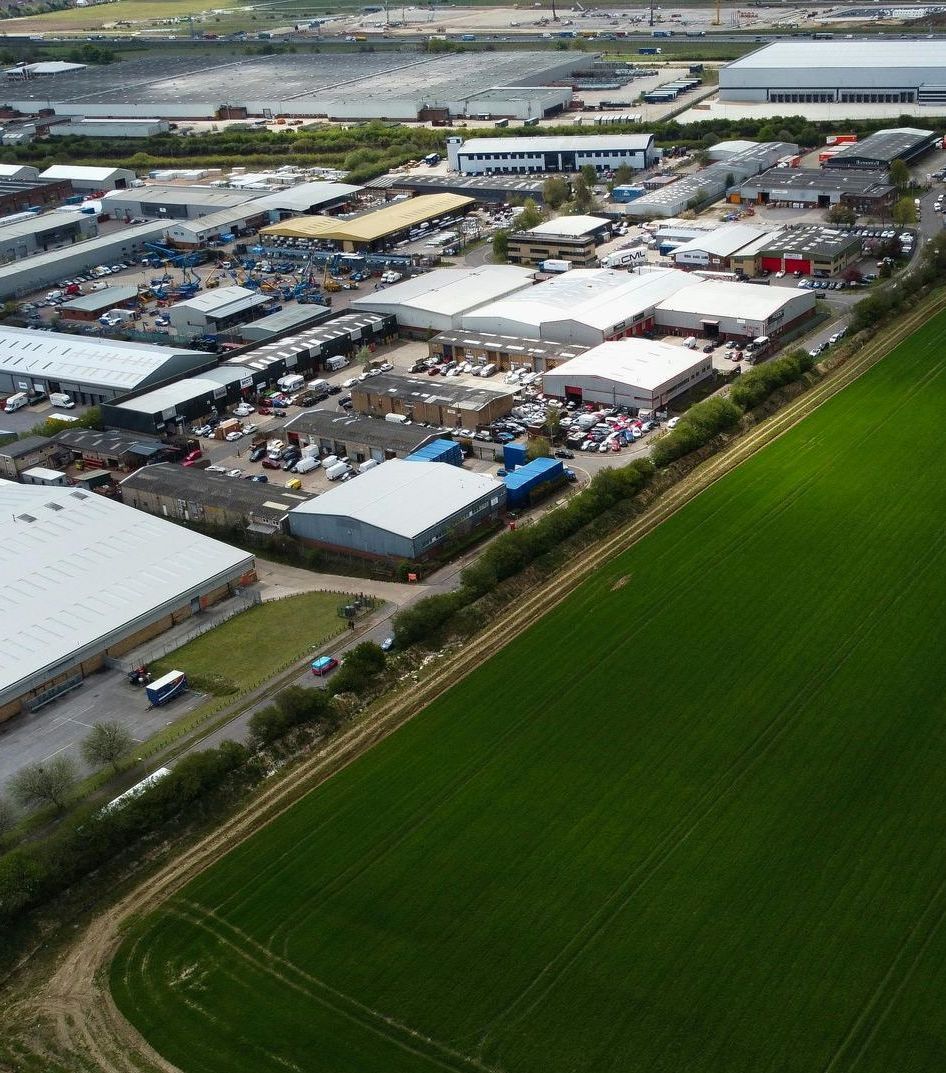What Makes a Good Location for a Commercial Property?
When it comes to investing in commercial property, choosing the right location can make or break the deal.

It’s not just about finding a building that looks good on paper; the surrounding area and local dynamics play a crucial role in determining a property's long-term potential. So, what exactly should you be looking for when scouting the perfect spot? Let’s break it down..
1. Foot Traffic: The Lifeblood of Retail Spaces
For many types of commercial properties, particularly retail spaces, foot traffic is a major factor. Think about high streets, shopping centres, and busy urban areas; they all have one thing in common – people constantly passing by. A good flow of foot traffic means greater exposure for businesses, which can lead to higher sales and, ultimately, higher rents for you as the property owner.
When assessing a property, take time to observe the area at different times of the day. Is it bustling with people during lunch hours but deserted in the evening? Does it draw crowds on weekends? It’s also wise to consider what type of foot traffic the area attracts – are they local residents, tourists, or office workers? The kind of people passing by will help determine the types of businesses that would thrive in that location.
2. Accessibility: Making it Easy to Get There
A commercial property that’s easy to get to is always going to be more appealing. Accessibility isn’t just about parking (although that’s important), but also public transport links, road access, and even bike lanes. For office spaces, being close to train stations or bus routes can be a significant draw for companies looking to accommodate commuting staff.
Similarly, retail businesses benefit from being near major roads or transport hubs, as it increases the chance that customers will stop by. Don’t forget to check for future infrastructure developments in the area – new transport links can drastically increase a location’s value.
3. Local Demographics: Know Your Audience
Understanding the local demographic is key to choosing the right commercial property. Different types of businesses cater to different age groups, income levels, and lifestyles, so knowing who lives, works, or frequently visits the area will help you match the property to potential tenants.
For example, a high-end boutique may thrive in an affluent neighbourhood, while a fast-food restaurant would do better in an area with a younger crowd or near a university. Consider also the future demographic trends. Is the area undergoing gentrification, attracting younger professionals? Or is it a more established community with older residents?
4. Competition: The Right Kind of Neighbours
In commercial real estate, nearby businesses can be a double-edged sword. On one hand, having similar businesses nearby can create a “cluster effect,” which draws more customers to the area because they know they’ll find what they’re looking for. For instance, tech companies often set up shop near each other to benefit from a shared talent pool.
On the other hand, too much competition can saturate the market. Before you invest, look at what other businesses are in the area and whether they complement or compete with the kind of tenants you want. Sometimes, being a bit further away from direct competitors can give a business the breathing room it needs to grow.
5. Future Development: Look Ahead
One of the most overlooked aspects of choosing a good location is considering future developments in the area. Large-scale projects, such as new residential developments, shopping centres, or office parks, can significantly increase a commercial property's value. The catch? You'll need to stay ahead of the game.
Keep an eye on local council plans, zoning changes, and new construction projects. A property that might not seem ideal today could become a prime spot in a few years if the area is set for redevelopment. Investing with an eye on the future allows you to secure a good deal before the location’s potential is fully realised.
6. Economic Stability: A Strong Local Economy
A thriving local economy is a good indicator of a promising commercial property investment. Areas with low unemployment rates, strong job growth, and high business activity are typically more attractive to tenants. It’s not just about the big picture either; you’ll want to look at the micro-economy – are local businesses thriving, or is the area dotted with “To Let” signs?
When an area’s economy is doing well, businesses are more likely to expand, and new companies are more likely to set up shop. This means higher demand for commercial space and the potential for better rental returns.
7. The X-Factor: Unique Appeal
Sometimes, a location has that special something – a unique charm, a cultural vibe, or even historical significance that makes it stand out. Think about areas like Shoreditch in London or the Northern Quarter in Manchester; these places have an appeal that goes beyond simple economic factors. They offer a lifestyle, a vibe, and a sense of identity.
If you find a commercial property in a location with this kind of “X-factor,” it can be a huge draw for tenants looking for something beyond the standard office or retail space. Businesses often pay a premium to be in a trendy area, especially those aiming to attract young talent or upscale clientele.
Final Thoughts
Picking the perfect location for a commercial property isn’t just about finding a building that ticks the boxes on paper. It requires an understanding of the area’s dynamics, the people who live and work there, and future trends that could shape its value. When you get it right, it can lead to stable tenancies, good rental yields, and long-term capital growth.
And remember, sometimes the hidden gems are in places you’d least expect. So, keep your options open, trust your instincts, and always be on the lookout for the next up-and-coming hotspot in our "buy property" tab, or just click here!
Got a property to sell? Call us or
send us an enquiry.
With us, it’s totally free to sell – no hidden costs,
no commissions, no “optional extras”. We offer a complete service, including a free estate agent, to make your sale as smooth as possible. Our local experts will always be on hand to guide you and answer any questions.
All information is kept completely confidential and will only be used by our team to assess if we are a good fit.
Takes 30 seconds
Register your interest in our auction services
We will get back to you as soon as possible.
Please try again later.
FAST SELLERS
Our properties often sell within 28 days.
DEDICATED SUPPORT
We guide you through every step of the process.
FREE ESTATE AGENT
In our free services, we include a free local estate agent.
EXPERT KNOWLEDGE
Decades of experience to get you the best price.

Top-Notch Service from Smart Auction UK! I had a fantastic experience working with Smart Auction to sell my home. Their team provided excellent support throughout the process. I couldn't be happier with the results. Highly recommended!

Exceptional Service from Smart Auction UK! I was amazed by how smoothly and efficiently they handled the sale of my home. I highly recommend them to anyone looking to sell their home hassle-free.
Copyright © 2025 Smart Auction UK
Registered Office: City Gate East Tollhouse Hill, Nottingham NG1 5FS
Please note that calls may be recorded for training and monitoring purposes.
━━━━⊱Our locations ⊰━━━━
London
48 Piccadilly Circus, Warwick St, London W1B 5AW
1, Lowry Plaza, The Quays, Salford M50 3UB
Birmingham
Mailbox, 3 Wharfside St, Birmingham B1 1RD
City Gate East Tollhouse Hill, Tollhouse Hill, Nottingham NG1 5FS
Chester
Chester Business Park, Heronsway, Chester CH4 9QR
Cardiff
Cardiff Gate Business Park, Malthouse Ave, Pontprennau, Cardiff CF23 8RU
Smart Auction UK climate change:
£10 of every sale will be donated to WWF-UK via Work for Good




